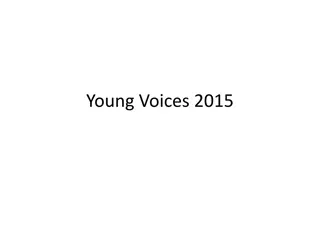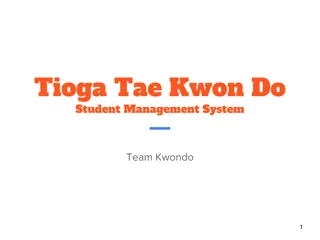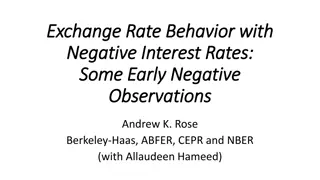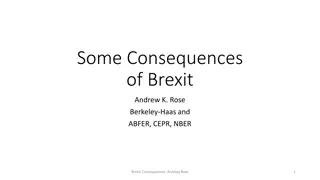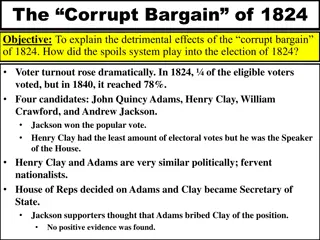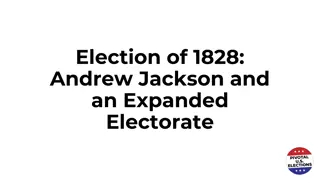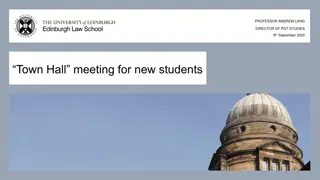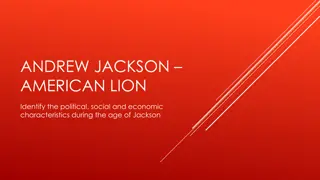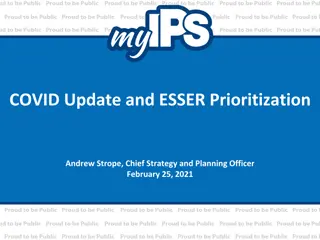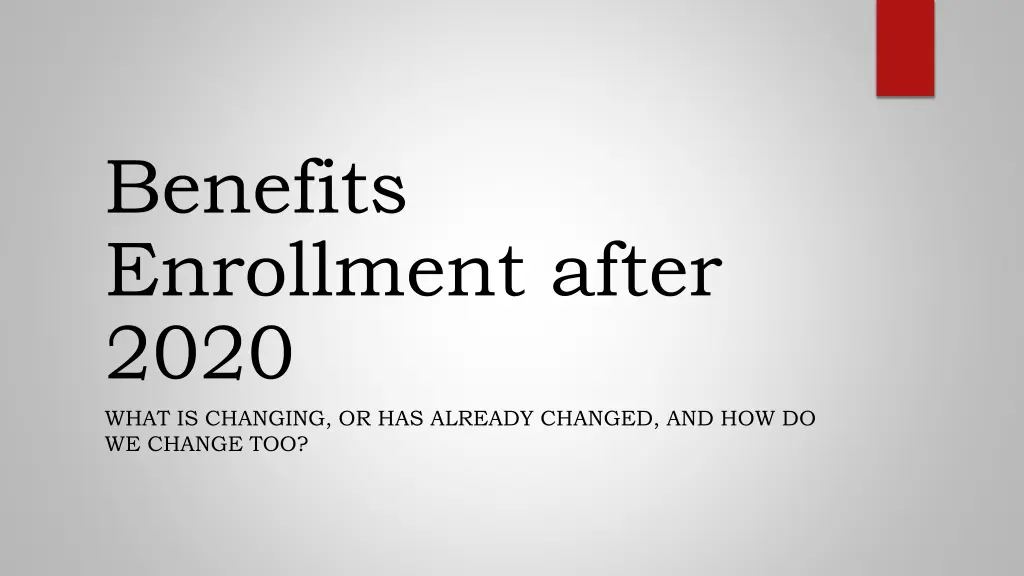
Workplace Trends Transforming Employee Benefits and Onboarding Strategies
Discover the evolving landscape of benefits enrollment, remote work trends, onboarding strategies, and benefits communication in the post-2020 era. From remote work preferences to enhancing onboarding experiences, explore how organizations are adapting to the changing workplace dynamics. Stay informed on key statistics and insights shaping HR and employee well-being strategies.
Uploaded on | 0 Views
Download Presentation

Please find below an Image/Link to download the presentation.
The content on the website is provided AS IS for your information and personal use only. It may not be sold, licensed, or shared on other websites without obtaining consent from the author. If you encounter any issues during the download, it is possible that the publisher has removed the file from their server.
You are allowed to download the files provided on this website for personal or commercial use, subject to the condition that they are used lawfully. All files are the property of their respective owners.
The content on the website is provided AS IS for your information and personal use only. It may not be sold, licensed, or shared on other websites without obtaining consent from the author.
E N D
Presentation Transcript
Benefits Enrollment after 2020 WHAT IS CHANGING, OR HAS ALREADY CHANGED, AND HOW DO WE CHANGE TOO?
Remote Work Trends In the Office What It Means Now and Going Forward 74% of companies say that they will move at least 5% of their employees to remote working permanently after the pandemic. 25% will move 10%, and 4% of the respondents plan to have about 50% of remote workforce post-pandemic. (Gartner HR Survey) 25% to 30% of the workforce will be working remotely from home by the end of 2021. (Global Workplace Analytics) Percentage of workers around the world that are permanently working from home is expected to double in 2021. (Enterprise Technology Research) 48.6% of CIO s reported that productivity has improved since workers began working remotely, with only 28.7% of respondents indicating a decline in productivity. (Enterprise Technology Research) Higher number of 50+ workers finding work from home easy than those >50. (Pew Research)
Onboarding Trends In the Office What It Means Now and Going Forward Strong onboarding process improves retention by 82% and productivity by more than 70% (Glassdoor) Only 21% of employees strongly agree their employer did a good job of onboarding them (Gallup) Employees who have a negative onboarding experience are twice as likely to look for a new job (Digitate) 58% of employers say their onboarding process is focused on paperwork (HCI) Only 30% of employees say they are truly satisfied with the HR technology solutions available to them (Gartner) More than 33% of companies want to increase their HR technology budgets (Gartner)
Benefits Communication Trends Following competitive compensation and recognition, a comprehensive benefits program is the #3 driver of holistic well-being (Metlife Employee Benefits Trends, 2020) In the Office What It Means Now and Going Forward In regards to Covid-19, 4 in 10 employees say their employer is currently not offering benefits or programs that help (Metlife) 69% of employees say having a wider array of benefits would increase loyalty to their employer (Metlife) 49% of employees who understand their benefits are holistically well, while only 15% of employees who do not understand their benefits are holistically well (Metlife) Employees who understand their benefits are, on average, 30% more likely to rate their benefits as "must- haves (Metlife) The top two ways to encourage greater employee awareness and understanding of benefits during the pandemic have been found to be (Metlife): 1) Frame benefits in the context of employees lives, in particular when preparing for the next open enrollment season, and 2) Provide targeted, ongoing communications and guidance to reinforce the value of benefits in moments of need
Increased reliance on technology to communicate benefits and keep employees aware of changes Response of Expanding Technology Increased need for opportunities to recommunicate benefit offering and how it applies to the current events Expanded benefit offerings to hire returning workforce, and simplified way to enroll these benefits
Increased need for partner referral benefits to offer benefits comparable with larger employers Response of Expanding Technology Increased need to offer unique and tiered packages based on classes of employees Increased expectation of connectivity with all carriers across all size segments Heightened awareness of partnerships to educate employees on their benefits
Ask a Benefits Education Expert Andrew Monk MBA, USC Darla Moore School of Business Director, Benefits Education The Cason Group
Real World Examples
Changes Implemented Results Implemented a Benefit Administration system for the first time to replace paper enrollment forms. In-Force Lines Medical 69% increase Dental 34% increase Vol Life 34% increase Pre-communication through employee benefit guides, group level meetings and education, and employee announcement pieces. Vol STD 58% increase Vol LTD 55% increase New Lines Benefit Consultants provided onsite enrollment support on benefits and technology with a customized benefits communication. Acc 38% participation CI 38% participation Vision 61% participation
Changes Implemented Results Moved the group from payroll Ben Admin to Ben Admin system that could integrate back in Cost for payroll dropped by $1.50 PEPM Employer felt comfortable expanding their benefits offering from 5 plans to 12 plans Integrated with payroll vendor Integrated with all carriers for all lines Employer immediately noticed they felt like a bigger employer than they were (under 200) Allowed the client to have a single point of contact for all questions related to technology, both Ben Admin and payroll. Carriers had a window directly into their Ben Admin system and were able to help them solve issues quickly







